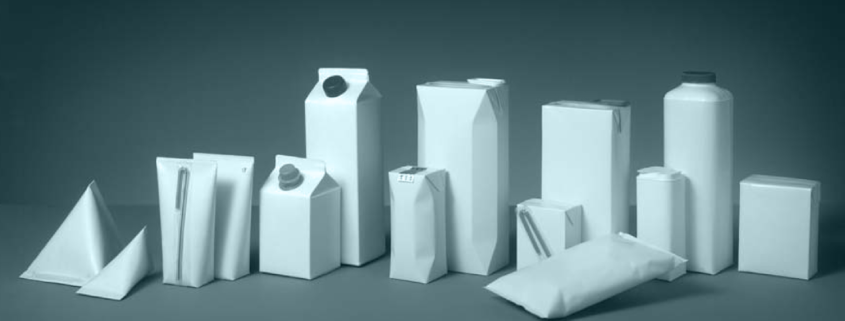What is Tetra Pak?
Every day, across the world billions of liters of water, milk, juice, and other liquid foods are consumed. At Tetra Pak, we have developed a range of packages to protect both the nutritional value and the taste of the products inside. These containers allow food to be protected from contamination by bacteria and other microbes, meaning products can sit on the shelf for months without going bad.
History of Tetra Pack
Tetra Pak is a Swedish-Swiss multinational food packaging and processing company with head offices in Lund, Sweden, and Pully, Switzerland.
Tetra Pak was founded by Ruben Rausing and built on Erik Wallenberg’s innovation, a tetrahedron-shaped plastic-coated paper carton, from which the company name was derived. In the 1960s and 1970s, the development of the Tetra Brik package and the aseptic packaging technology made possible a cold chain supply, substantially facilitating distribution and storage.
Thanks to Tetra Pak technology, the packaging and distribution of liquid and food products to the consumer has been greatly facilitated.
What are Tetra Pak cartons made of?
Tetra Pak cartons are made up of six layers that help protect the milk, juice, or juice drink inside from germs, sunlight, and air. These six special layers are made of three materials. The main ingredient in all our packages is Paperboard, a recyclable raw material made from wood.
There are two kinds of Tetra Pak. There’s the “aseptic,” a rectangular box with folds on the top that you might think of as a soup carton, also commonly used for nut milk. You usually put them in the cupboard. And there’s the “gable-top,” the one that looks like a regular milk carton. You usually put them in the fridge.
Tetra Pak cartons are primarily made from paper. 75% of the Tetra Pak carton is made from paperboard, 20% of polyethylene, and 5% of aluminum.
These three materials are layered together using heat and pressure to form a six-layered armor that protects the contents from light, oxygen, air, dirt, and moisture. Furthermore, Tetra Pak cartons are lightweight, easy to transport, and fully recyclable. The aseptic technology allows the product inside to stay fresh, without the need for any preservatives. The pack need not be refrigerated until opened.
Advantages of Tetrapack cartons
- Several layers of cardboard prevent penetration of moisture into the package
- A thin layer of aluminum prevents entering of air and light
- Multilayer polyethylene film prevents the penetration of microbes
- preserving the food taste
- Maintain product quality without preservatives
- Easier storage conditions
- Low packing volume before filling
Recycling of tetra Pack cartons
Tetra Pak cartons are recyclable. The paperboard (which is 75% of the carton) is recycled into paper products and the 25% remaining fraction (consisting of the polyethylene and aluminum) can be recycled into panel boards, roof sheets, and so on.
Once the collected cartons are sorted and baled, they are sent to the recycling plant where the paper is separated from the polyethylene and aluminum via the hydra pulping process and then converted into many useful products.




Leave a Reply
Want to join the discussion?Feel free to contribute!